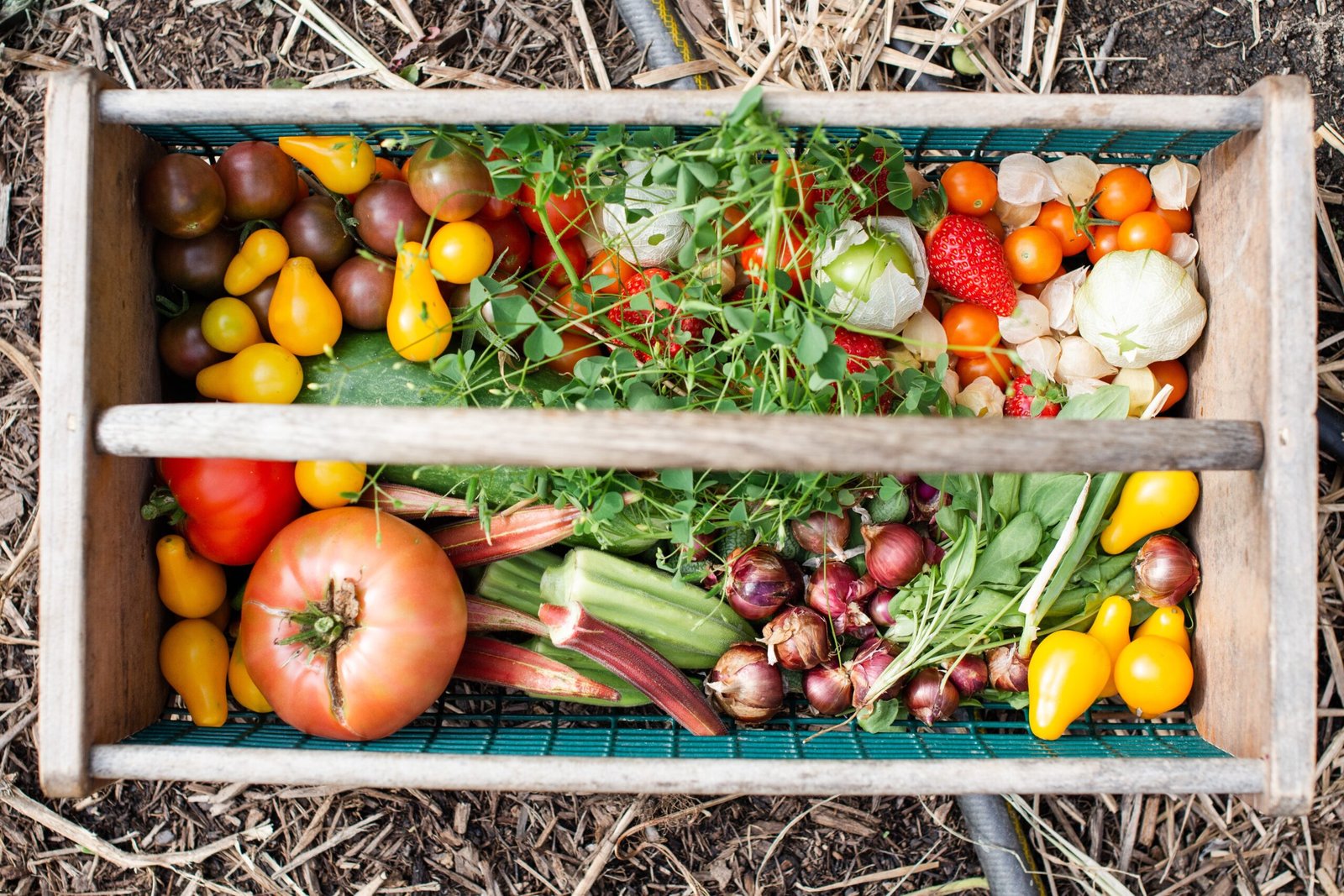A term coined by writer Stephen Barstow of Norway, edimentals are plants that are both edible and ornamental, serving more than one function in the garden. These unique plants, which include perennials, shrubs, and even trees, can add a touch of beauty and functionality to your traditional vegetable garden.
One of the main advantages of incorporating edimentals into your garden is their lower maintenance compared to traditional annual vegetables. Edimental plants are often easier to care for, with fruiting times spread throughout the year rather than all at once. This means less work for you and a more consistent supply of fresh produce.
Another benefit of edimentals is their hardiness. Since they are perennials, shrubs, or trees, they have deeper roots, making them more resilient to drought and pest infestations. These plants can withstand challenging conditions and continue to thrive, providing you with a reliable source of food.
Not only are edimentals practical, but they also have the added bonus of attracting kids to the garden. By sprinkling these plants throughout your entire garden, you can encourage children to explore and forage. It’s a great way to get them excited about gardening and teach them about the benefits of growing their own food.
Now, let’s take a look at some examples of edimentals that you can incorporate into your garden:
- Dahlias and Daylilies: These beautiful flowers not only add color to your garden but also produce edible tubers. They are a versatile choice that can be enjoyed both visually and as a culinary ingredient.
- Anchusa and Chicory Flowers: These vibrant flowers not only attract pollinators but can also be used to add a pop of color to salads or as a garnish.
- Currants and Gooseberries: These fruit-bearing shrubs not only provide delicious berries but also add visual interest with their foliage and blooms.
- Silene Flowers: These delicate flowers can be used as a trailing plant in containers and are also edible. They add a whimsical touch to any garden.
- Elderberries: These shrubs produce clusters of berries that can be used to make jams, syrups, and even wine. They also have beautiful flowers that attract pollinators.
- Asparagus and Fennel: These perennial vegetables not only provide a bountiful harvest but also have attractive foliage that adds texture and interest to your garden.
Additionally, there are some annual edimentals worth mentioning, such as rainbow chard, kale, and nasturtiums. These plants blend well with non-edible plants and can be used as both ornamental and edible elements in your garden. For example, nasturtium flowers can be filled with cream cheese to create unique and flavorful appetizers.
If you’re interested in learning more about incorporating edibles into your ornamental garden beds, I recommend checking out books like “Aiming for Aesthetic Edibles,” “Groundbreaking Food Gardens,” and “Edible Flowers.” These resources will provide you with further inspiration and guidance on creating a beautiful and productive garden.
In conclusion, edimentals are a wonderful addition to any garden. They offer both beauty and functionality, requiring less maintenance and providing a continuous supply of fresh produce. By incorporating these plants into your garden, you can create a space that is not only visually appealing but also sustainable and rewarding.

